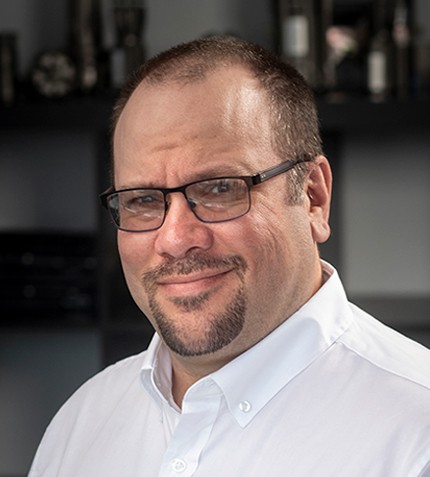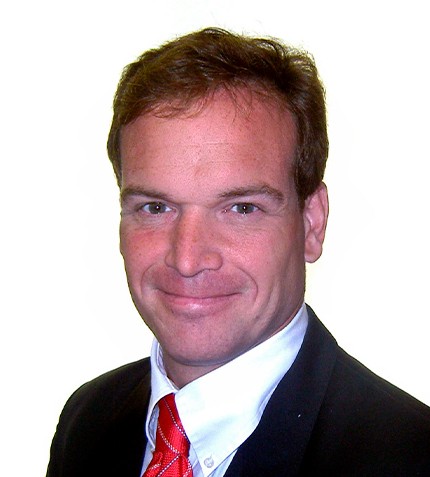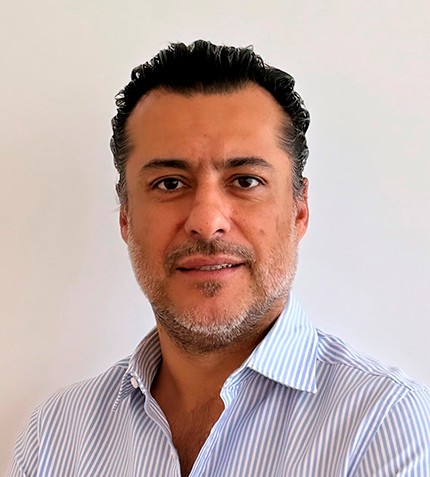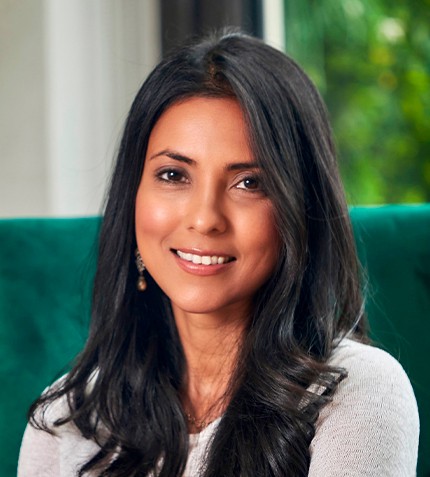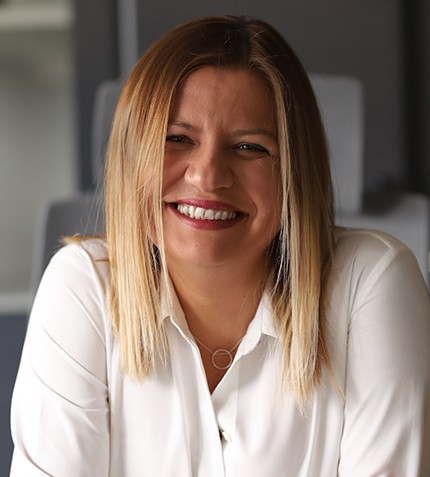
Santa Farma was established in 1944 and has become known as a leading company capable of manufacturing the highest volume in a single shift in Turkey.
Dr. Ayça Sezer
MANAGING DIRECTOR, CORPORATE BUSINESS DEVELOPMENT DIRECTOR, SANTA FARMA
Santa Farma is one of the foundational pillars in the Turkish pharmaceutical industry. Would you like to briefly talk about the current developments of the company?
The most recent news that I can share is that we renewed our EU GMP in September with the aim to keep our doors open for new avenues. In 2015, Santa Farma moved its manufacturing site to a state-of-the-art manufacturing facility in Dilovasi. The facility is purpose-built and very modern, with a capacity of 150 million packs in one shift, which makes Santa Farma one of the most productive manufacturers Turkey. We are capable of manufacturing solids, semi-solids, liquids including specialized forms such as effervescent tablets, sachets, bi-layer tablets and sprays.
Turkey is a small market, but it is growing to be competitive. How would you say competition within the generics market has evolved over the years and how does Santa Farma plan to stay ahead of its competition?
The generic industry is very competitive all over the world. Quality is the key aspect through which we can differentiate ourselves. Upon the opening of our new manufacturing site in 2015, Santa Farma obtained its first EU GMP, which was a clear certification for our high quality. Our company culture is that we serve the people and not just the health industry; therefore, we do not tolerate anything less than the very best.
Another aspect which helps Santa Farma to beat its competition is through our manufacturing capacity. With the localization efforts made in the industry, international companies are shifting their manufacturing sites in Turkey. Santa Farma would like to position itself as a production hub within this process. Finally, staying ahead of competition requires value-added products. Santa Farma has a strong R&D team of 60+ scientists who are developing unique products as value-added generics in different combinations and with new delivery forms.
How would you say the localization policy has impacted the dynamic between local and international companies?
Today Santa Farma is cooperating with many international as well as local companies. The first contract manufacturing agreement signed by Santa Farma was with Organon in 1964, a partnership we continue to this day with MSD, the parent company of Organon. Currently, we are collaborating with 12 companies of which 4 of them are internationals. It is part of the Santa Farma culture to cooperate on long-term, win-win partnerships.
With a product portfolio that has had many decades to mature, Santa Farma is at the forefront of the latest trends in the generics market. How do you align your product basked to these needs- and what are the therapeutic areas that capture your attention?
Santa Farma does not have common generics like anti-biotics. We are concentrated on neuropsychiatry, gastroenterology, dermatology, hematology and cardiology. In the future, we plan to include antidiabetics also. During designing our portfolio, we concentrate on the therapeutic areas that we already have a footprint in, unless we can identify another area where there is a growing need that we can add value too.
Santa Farma has a large international footprint covering over 50 countries. How do you position yourself territorially, and is there a specific market that you believe might be growing in importance?
The strategy in each country are different. In some countries, working with the distributors is the best option, because of the market dynamics. In other countries, we prefer a licensing agreement with a partner company of high reputation regionally.
Santa Farma is now expanding to Asia and Africa, following a very sensible approach. We also have a presence in Latin America, but performance in this market is hampered by political instability. In the future, we plan to explore new markets, ultimately targeting regulated countries. At the moment, we work with three potential partners to explore Europe.
In previous years, 20% of your Santa Farma’s total sales originated from exports. Has this figure changed?
Last year, our exports have increased by 52% and we hope to maintain this growth every year. With the market submissions already in place, and the market authorizations underway, our exports business is in a stable position to grow.
Besides having a high production capability, Santa Farma also focuses on sustainability and its environmental footprint. Could you tell us more about the measures taken in this scope?
We are a proud member of the United Nations Global Compact since 2010 and communicating our performance in relation to the 10 principles of the Global Compact on an annual basis. Our yearly report provides information about the progress on Human Rights, Labour, Environment, and Anti-Corruption in line with the requirements of the UNGC. This report has been prepared based on G3 Sustainability Reporting Principles of Global Reporting Initiative with a view to communicating the corporate performance transparently in line with the principles of accountability in addition to facilitating potential comparisons with the future communications on progress. Looking after the environment is really important to us. We started zero waste project in our offices by replacing garbage cans with recycling bins. Our manufacturing site has also adjusted its processes to reduce its environmental impact. Santa Farma is a very special company when it comes to valuing people, life, and the environment. We have a responsibility towards the environment and the community. We donate blood and stem cells with the organization of Turkish Red Crescent for almost ten years. We also prefer to support social responsibility projects for the kids. We support “New Friends for Lonely Toys” recovery/re-use, affection and sharing program for two years.
What would be your final message for our international audience?
Santa Farma is celebrating its 75th anniversary this year. The average growth rate for the therapeutic groups that we are present is 30%, but our growth rate is at 42%, and we have sustained a higher-than-the-market growth for the last five years. Our vision for exports is to be a top three player in the Turkish market by 2024.




